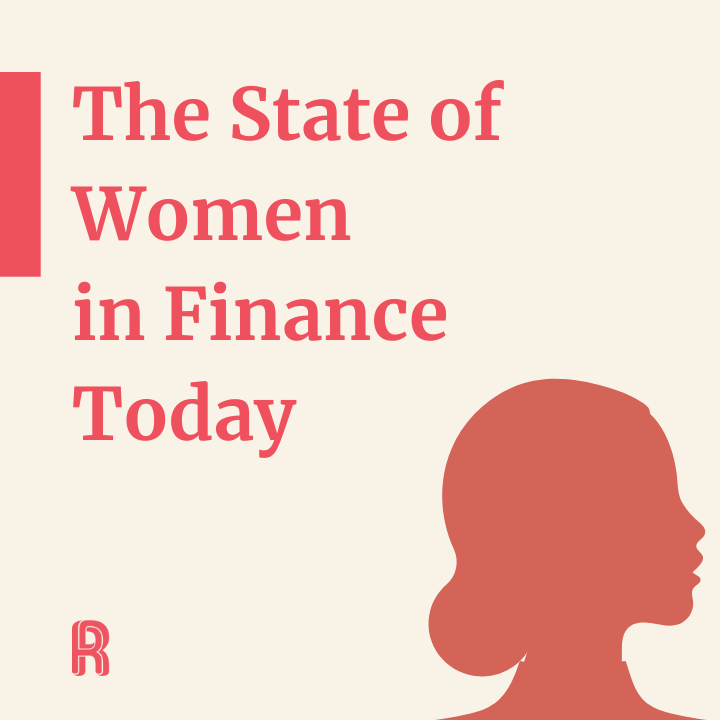
Reach the missing middle with local experts and digital micro-influencers
If you’re a marketer or content creator at a brand big or small, no doubt you’re aware that social marketing campaigns have become a sizable line item in any marketing program budget. According to a Forrester study that was published in 2016, “this trend isn’t going anywhere and since 2009, spending on these campaigns has grown 25% year over year.” Well, they were absolutely right.
Social media is the modern-day word-of-mouth and has the unique ability to generate two-way dialogue: something traditional marketing and advertising failed to do. As the number of platforms for enhancing social media engagement increase, so does the “data intelligence” around targeting. In fact, small businesses and brands alike now possess democratized tools to assist them in identifying digital micro-influencers in practically every major and regional market across the globe—or at least, those that have consumers with some sort of current or future spending power. (Some of our favorites: Awario, Pixlee, Followerwonk, and Klear).
Beyond this continued trend of leveraging social media channels and its influencers to reach expanded audiences, localization has also emerged as an important variable for marketers. With the surging demand for personalization, consumers want brands to recognize that they live in diverse communities with unique cultures, histories, concerns, and priorities. By localizing its products, services, and marketing, a brand can show its customers that it literally understands where they’re coming from.
How to approach a two-pronged strategy
When we think about this localization + micro-influencer strategy, we can look at what the sports industry has done with local celebrity athletes. For example, former South Carolina college running back Marcus Lattimore, who was drafted to the 49ers but retired at age 23 after never playing one pro game, is an outspoken role model within his Columbia, South Carolina community.
Think of Lattimore as the “hometown hero” who has figured out how to take his athletic experience and turn it into an impactful, purposeful career. The result? Local endorsements from a variety of businesses (like this commercial from Bradshaw Chevrolet) and even a Subway commercial. He has roughly 250k Twitter followers, and in his day-to-day role as Director of Player Development for the South Carolina Gamecocks has the eyes and ears of many current (and future) statewide fans, students, and families.
Thousands of these examples exist across Twitter, Facebook, and Instagram. Want to reach local consumers in Nashville about a new organic tooth whitening gel? Why not strike a deal with Clary Collection co-founder Jen Goodall-Auerbach, who has massive influence among conscious-consumer moms and 15k engaged Instagram followers. Take a nod from athleisure brand LuluLemon, who tapped Barre3 owner Caroline Harris as a Midwest “brand ambassador” when they expanded their store on Kansas City’s Country Club Plaza.
Local influencers are everywhere, and as marketers—if we are willing to do our homework and get creative—the possibilities are relatively endless.
The proof is in the data
The 2018 Edelman Trust Barometer reports that 40 percent of consumers say they’re “unlikely to become emotionally attached to a brand unless they are interacting via social media.” Beyond that, authenticity is vital: In a recent survey of 12,000 global consumers, Cohn & Wolfe found that almost 90 percent of respondents were willing to “reward a brand for its authenticity.”
Unlike TV or a billboard, social media invites engagement and makes brands immediately accessible to consumers. One of the reasons consumers trust user generated content by local experts or micro influencers (particularly recommendations) more than traditional advertising is the fact that it’s produced by peers who are relatable and authentic. According to the 2019 Edelman Trust Barometer special report, 63 percent of consumers trust influencers’ opinions of products “much more” than what brands say about themselves. Nielsen’s Global Trust in Advertising report has consistently found that more consumers trust “recommendations from people I know” than any other type of advertising.
Need more proof? According to a 2017 survey conducted by TurnTo and Ipsos, “90 percent of U.S. consumers report user-generated content to be the most influential part of their purchase decisions.” Peers also have a significant impact on belief-driven buyers – Edelman reports that a “customer or regular person” was more likely to drive brand advocacy than any other type of spokesperson by a wide margin, outranking industry experts, employees, and journalists (celebrities, models, and actors ranked at the bottom).
At the end of the day, as marketers (or any job that requires reaching people in effective ways), we are always best served to understand how macro-drivers are affecting the lives of everyday consumers. Human habits and expectations shift just as rapidly as the changing media landscape. As such, employing a creative strategy that reaches new audiences in clever, compelling ways, will always be part of the game. And if you need help in doing so, of course, feel free to give us a shout.
Subscribe to our newsletter
We value your privacy. We don't spam.








